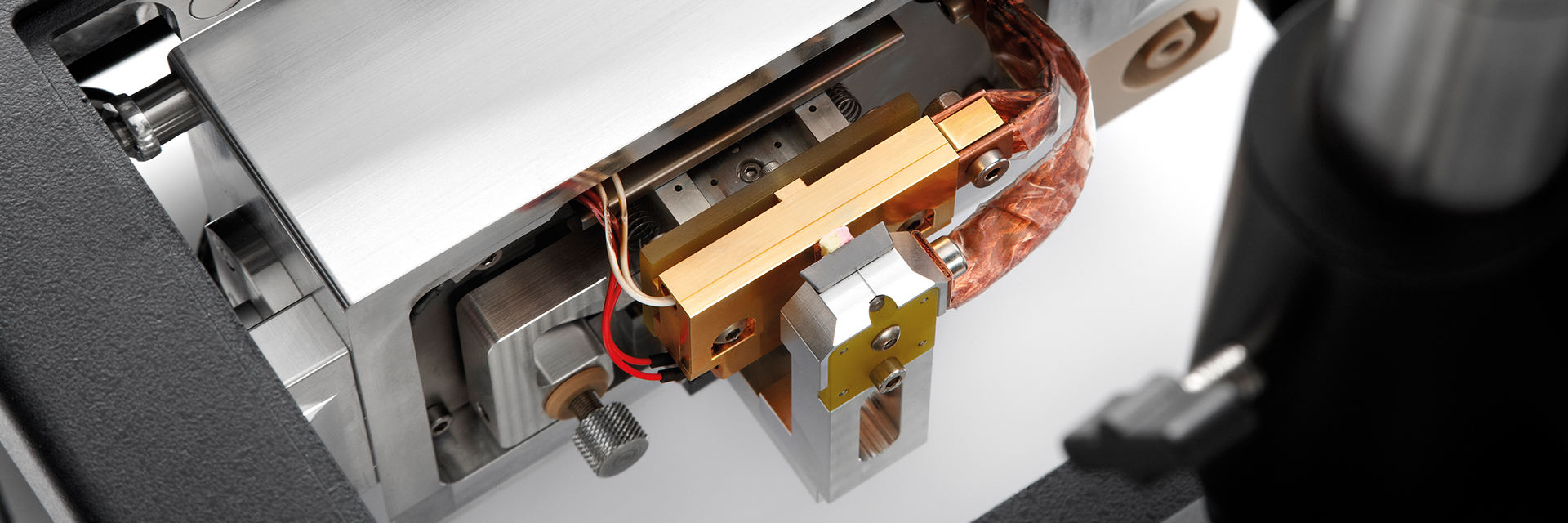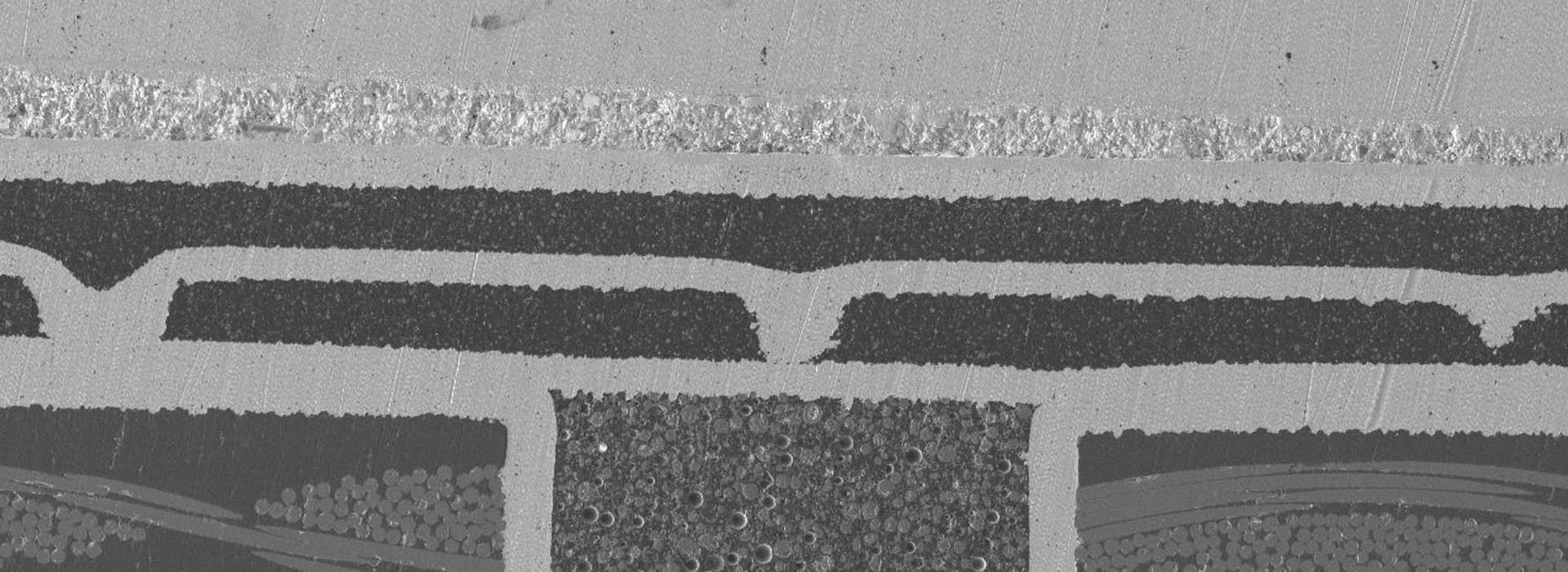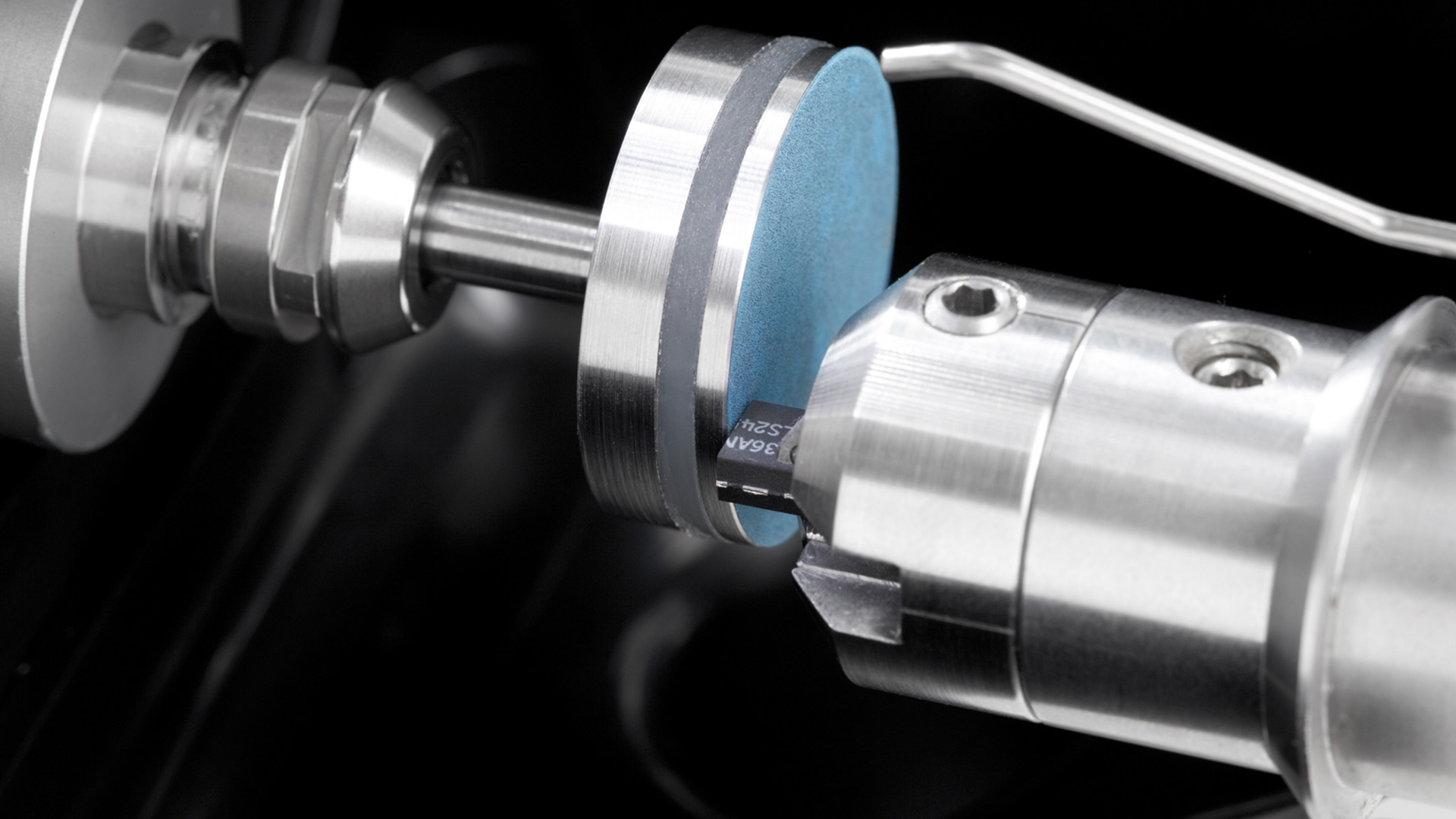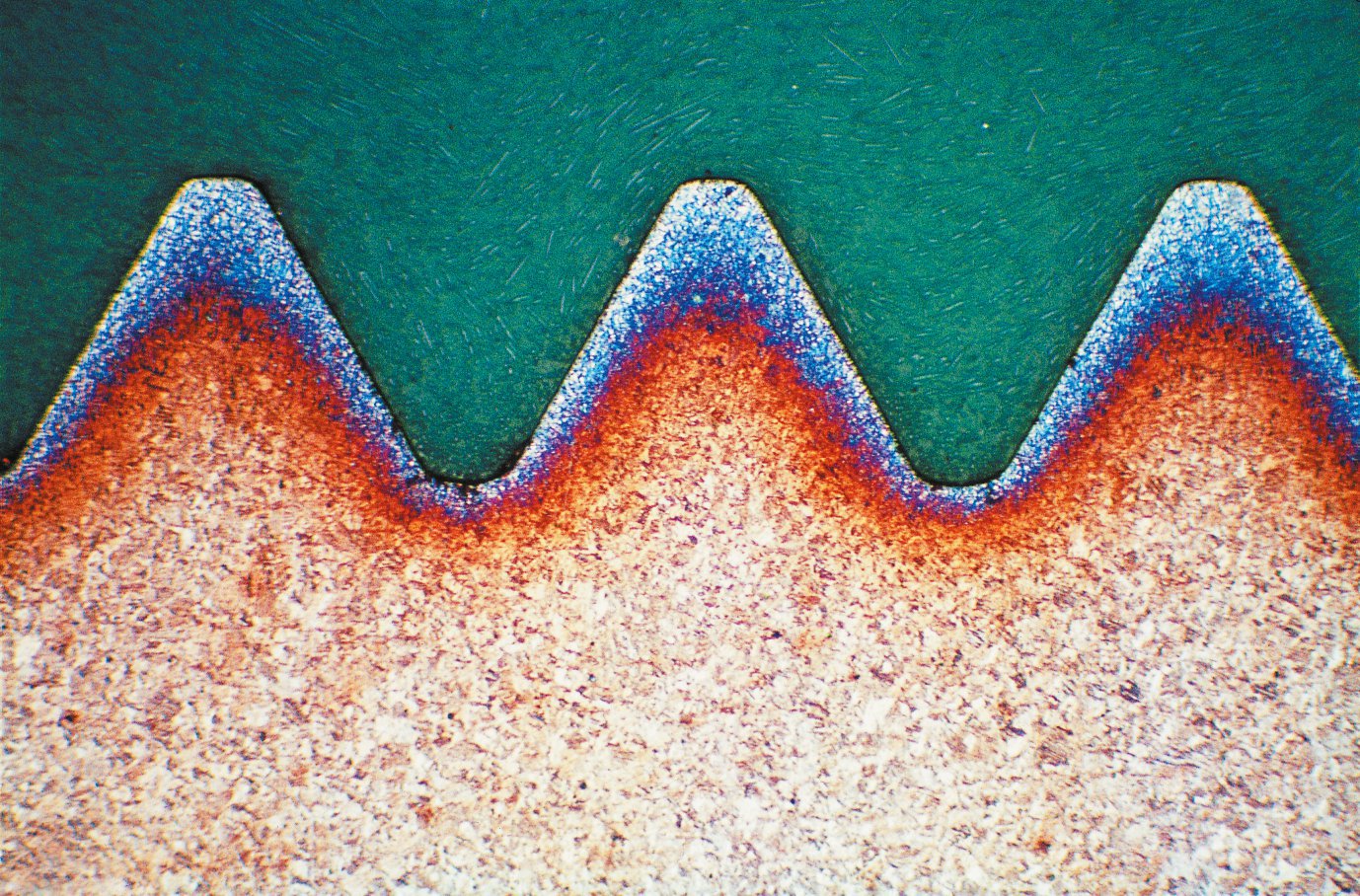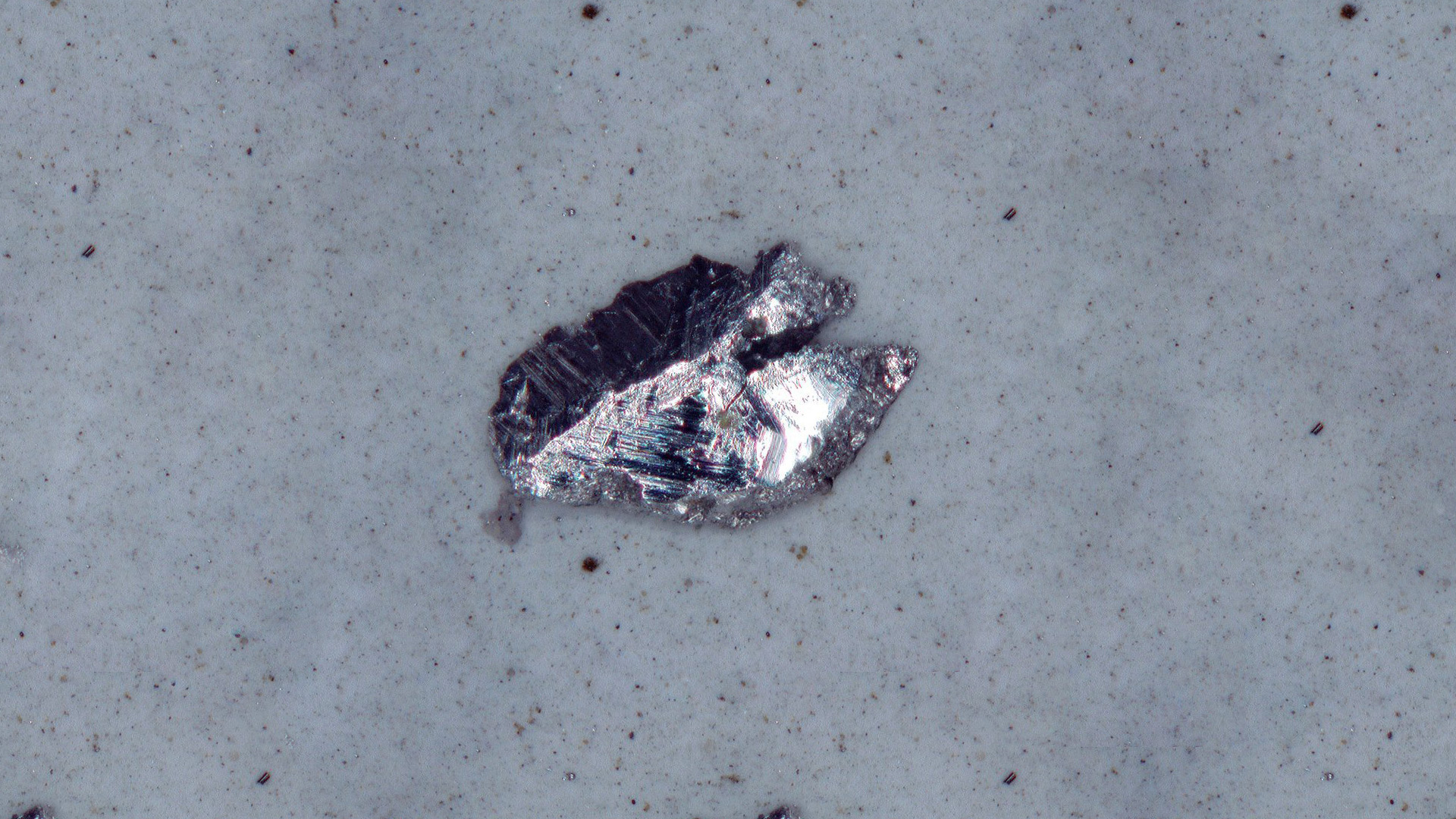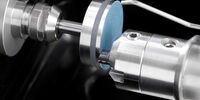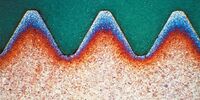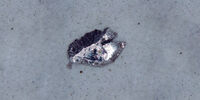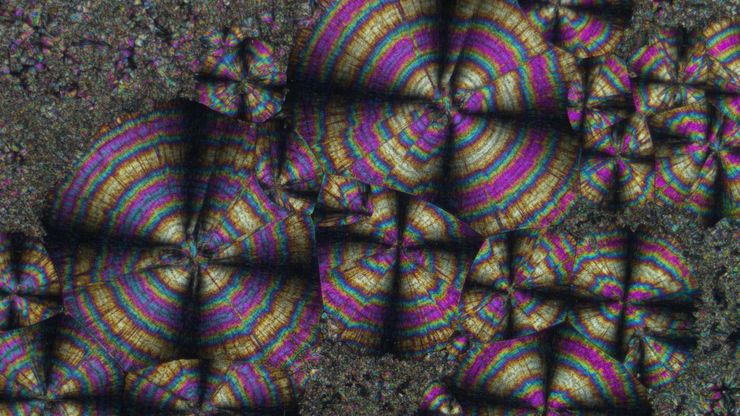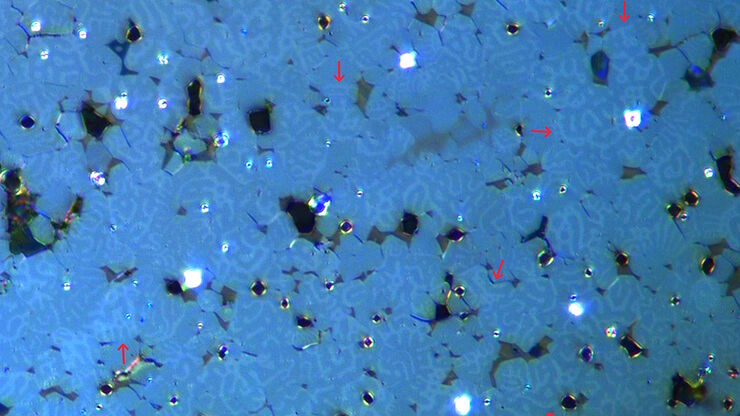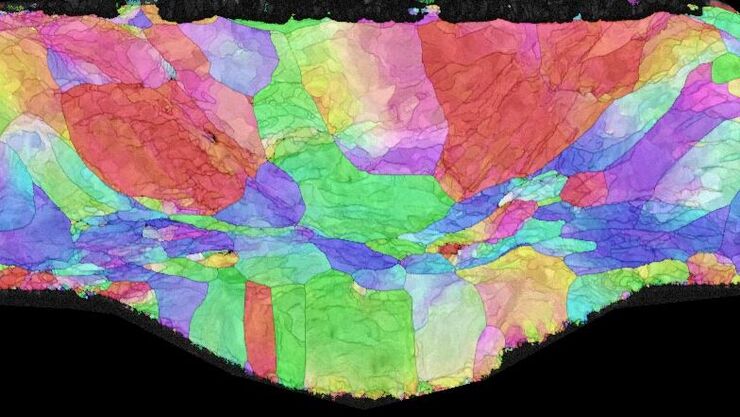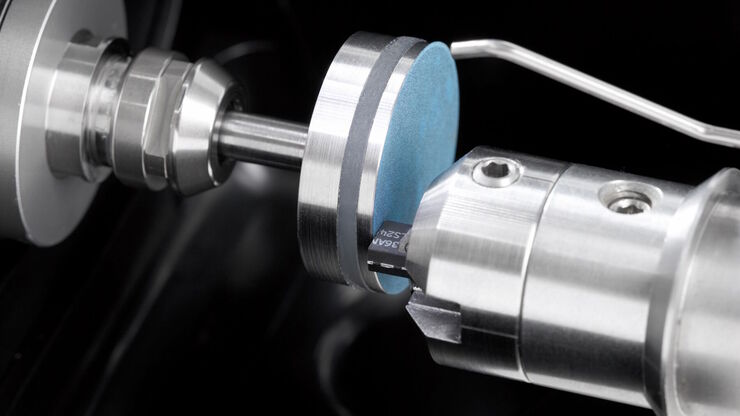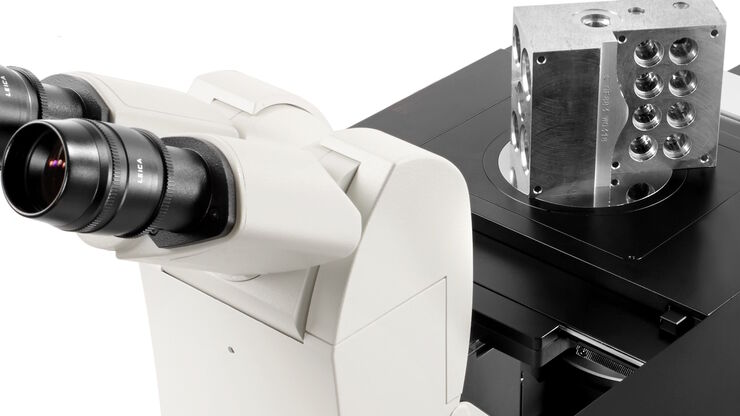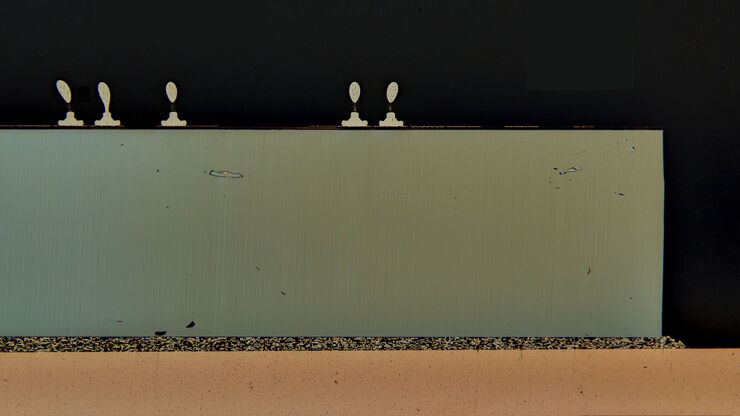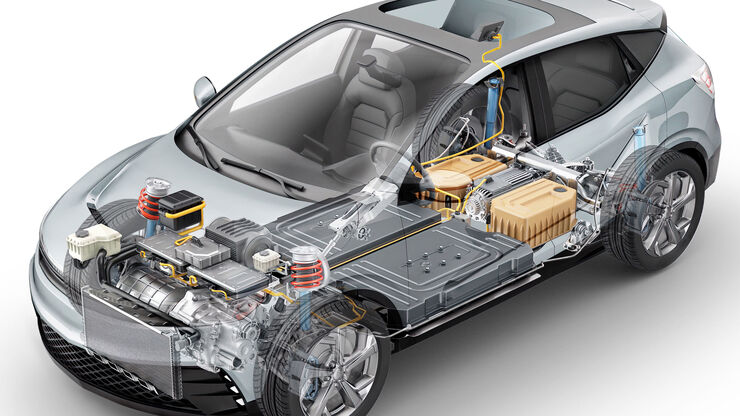Material Analysis Microscopes
Materials analysis requires microscope solutions for the imaging, measurement, and analysis of features across a variety of materials like metal alloys, semiconductors, glass and ceramics, as well as plastics and polymers. These material analysis microscopes are important for different industrial applications, whether in quality control, failure analysis, or research and development.
In some cases, not only the morphology or appearance of the material must be analyzed, but also the chemical composition. A 2-methods-in-1 solution is an optical microscope combined with laser induced breakdown spectroscopy (LIBS). It enables the simultaneous visual and chemical analysis of materials with one instrument, meaning more relevant data is obtained rapidly, accurately, and reliably. With a 2-in-1 solution, the workflow for materials analysis becomes more efficient.
Contact us for expert advice on the right material analysis microscope for your needs and budget.
What kinds of materials and samples can you visualize and examine with a materials analysis microscope solution?
You can use a material analysis microscope to visualize the fine details and examine the features of a material sample at high resolution. Just about any type of solid-state material can be visualized and examined with a microscope, but often these are alloys, semiconductors, ceramics, and polymers.
For which applications is a materials analysis microscope solution used?
Material analysis microscopes are used for a variety of applications which require materials analysis and inspection. Examples include quality control (QC), research and development (R&D), technical cleanliness, and failure analysis (FA) across industries and fields like automotive, aerospace, alloys, semiconductors, electronics, medical devices, earth science, forensics, chemical engineering, and pharmaceutical science.
What is the difference between a conventional microscope and 2-methods-in-1 materials analysis solution?
An optical microscope uses only optics with an objective lens, eyepieces, etc. for imaging a sample. A 2-methods-in-1 solution uses both optics to visualize a sample and a laser and detector for LIBS spectroscopy to analyze the sample’s chemical composition. Microscopy combined with laser induced breakdown spectroscopy (LIBS) enables a more streamlined, efficient materials analysis.
Frequently Asked Questions Material Analysis Microscopes
A 2-methods-in-1 material analysis solution or LIBS microscope combines optics and laser induced breakdown spectroscopy (LIBS) for simultaneous visual and chemical analysis of materials. For more information, please refer to the article: https://www.leica-microsystems.com/science-lab/see-the-structure-with-microscopy-know-the-composition-with-laser-spectroscopy
The material analysis microscopes are modular and shipped in the configuration that best fits your stated needs or application. In case your needs change later, you can always get in contact with your local Leica sales representative to ask about upgrades for your microscope.
There are a lot of accessories. Please get in contact with your local Leica sales representative.
